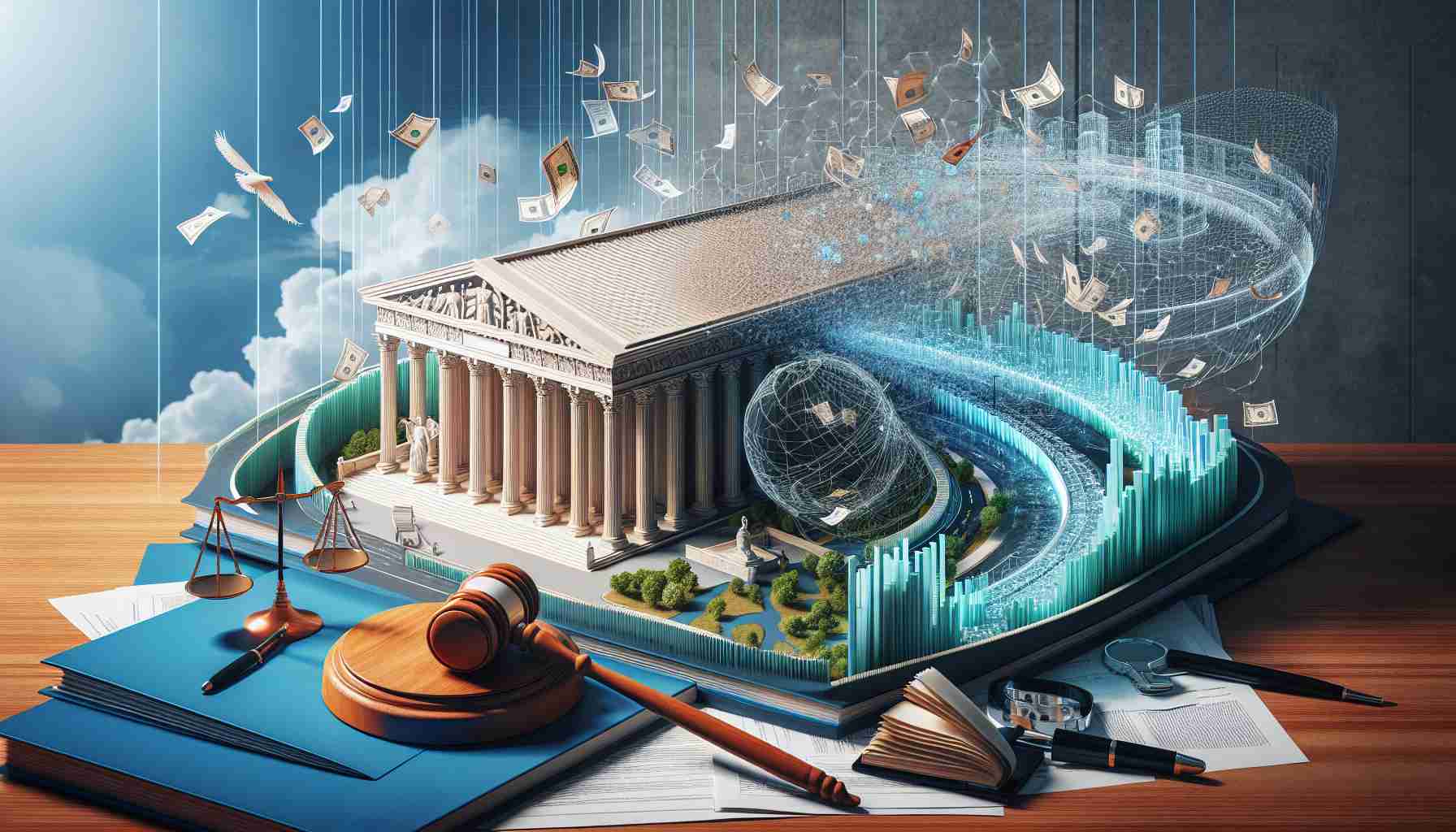An impactful decision by the United States Supreme Court recently set a new precedent, transforming the way federal regulations are applied and interpreted across many sectors of American life. This judicial move stands to influence everything from environmental protection to the automotive industry and healthcare provisions.
Previous to this shift, regulatory agencies held the reins in interpreting and enforcing laws within their purview, supported by specialized knowledge and expertise. Now, the judicial power has been reasserted, with judges holding ultimate authority over legal interpretations.
For the residents of Arkansas, this could mean noticeable changes. Hunters might see new rules for their sport, and farmers could experience a shift in agricultural regulations. This change will potentially affect the retirement community as well, with Medicaid and Medicare regulations now open to reinterpretations.
John DiPippa, an esteemed professor of law and Dean Emeritus, acknowledges the pervasive reach of the court ruling. “It touches upon nearly all facets of daily living that involve any form of federal regulation,” he noted, indicating the broad potential impact.
The Environmental Protection Agency’s (EPA) directives, particularly those targeting pollution and public health, may face significant hurdles. Laws passed decades ago, such as the Clean Air and Water Acts, did not anticipate modern challenges such as climate change. Accordingly, the EPA’s ability to regulate emergent issues like carbon dioxide emissions is now in question.
The shift might ultimately result in Congress crafting more detailed and specific laws. While this could lead to greater legislative clarity, it also tightens the scope of what actions agencies might legitimately take without explicit statutory direction.
This landmark judicial decision paves the way for an uncertain future with the likelihood of numerous legal challenges on the horizon. It represents a pivot away from reliance on agency expertise and moves towards an era where adjudication by individual judges is paramount.
The Supreme Court’s role in interpreting the Constitution and federal laws is paramount to the U.S. political and legal system. Such significant decisions often come in response to legal challenges to regulatory agency authority. There are several key factors to consider in understanding the implications of such a decision:
Key Questions and Answers:
1. What legal doctrine was affected by this decision?
The decision likely impacted the doctrine of “Chevron deference,” a principle that compels courts to defer to a federal agency’s interpretation of ambiguous laws concerning its expertise unless the interpretation is unreasonable.
2. Why would Congress allow regulatory agencies leeway in interpretation?
Due to the complexity and technical nature of many areas, such as environmental science or healthcare, agencies staffed with specialists have been seen as better equipped to manage nuances in those fields.
Key Challenges or Controversies:
– Legal Uncertainty: With agencies losing power in interpretation, there could be a surge in litigation as interested parties challenge agency rules more frequently in courts.
– Administrative Expertise vs. Judicial Oversight: There’s a tension between relying on agency expertise and ensuring that such agencies do not overreach their authority.
– Political Implications: Regulatory approaches often reflect the political leanings of the sitting government, and this decision might inject more political ideology into what has been a more technocratic process.
Advantages and Disadvantages:
– Advantages:
– Increased Accountability: Agencies must hew more closely to the letter of the law, as their interpretations are subject to more intensive judicial scrutiny.
– Consistency: Judiciaries may provide more consistency across agency regulations, as multiple agencies will be subject to the same legal interpretations.
– Disadvantages:
– Loss of Expertise: Judges generally lack the deep technical knowledge agencies possess, potentially leading to less informed decisions.
– Slower Regulatory Response: With more judicial reviews, the time to implement or change regulations could increase, affecting the ability to respond swiftly to new challenges or information.
Since the specifics of the ruling were not provided, the article omits mention of which particular case, if any, the decision refers to, the vote count among the justices, or the authoring justice of the majority opinion.
For comprehensive information about the U.S. Supreme Court and its decisions, you may refer to the Supreme Court of the United States. Please note that predicting URLs beyond the main domain is not possible; therefore, it’s best to visit the Supreme Court website to find information related to the specific case and relevant rulings.


